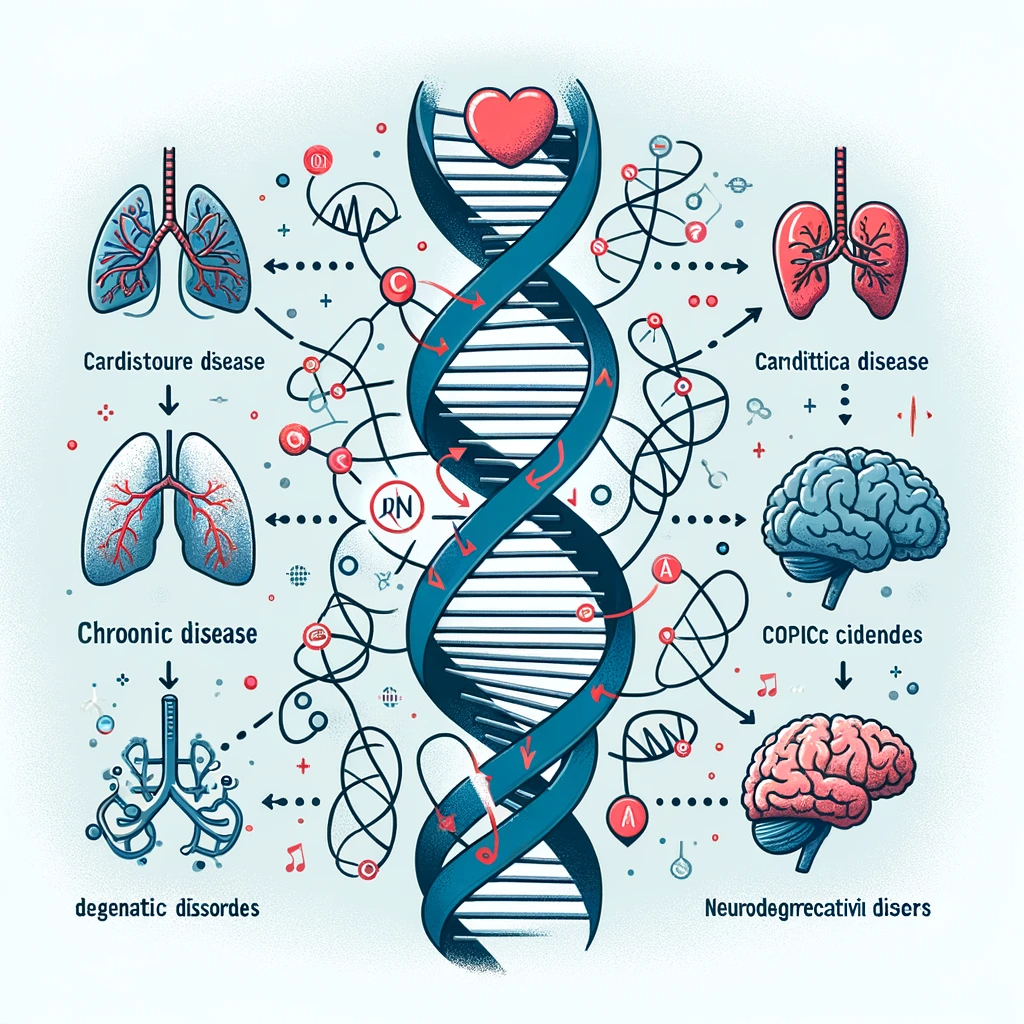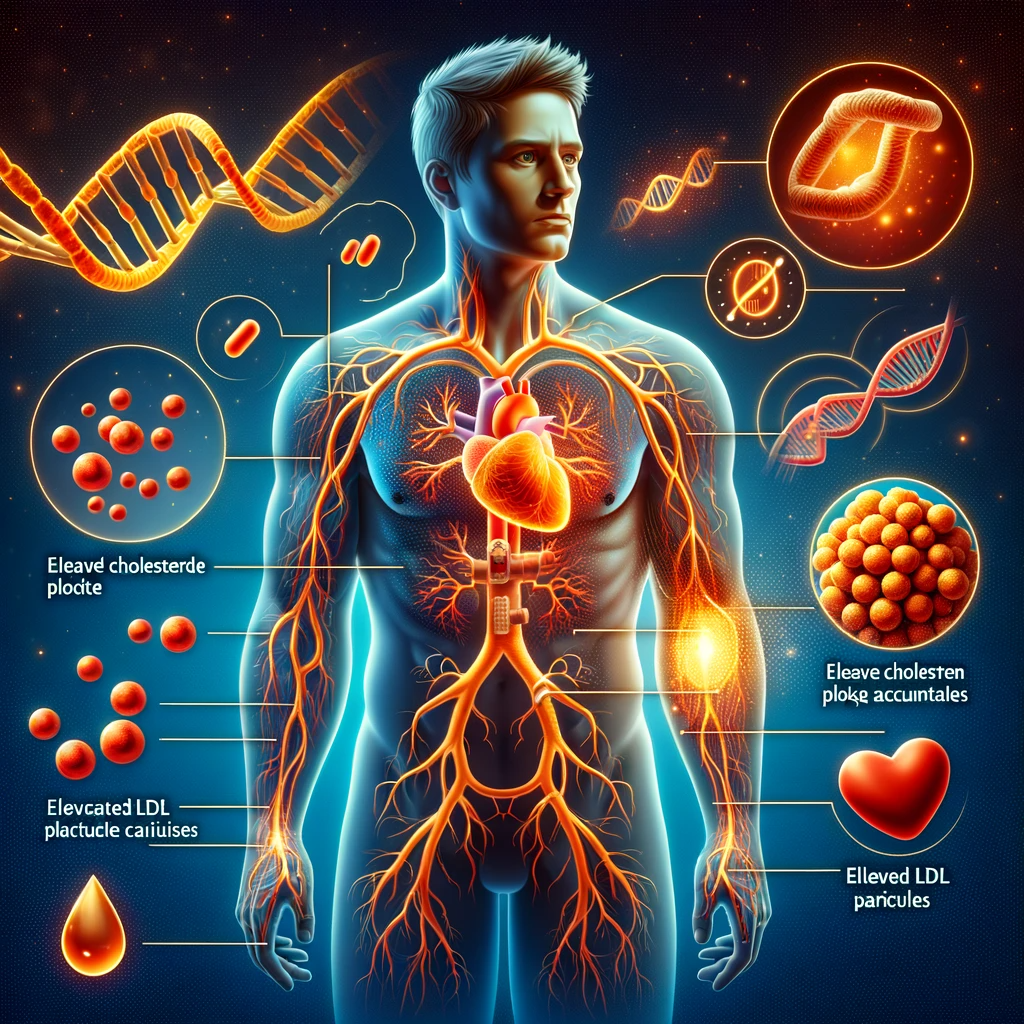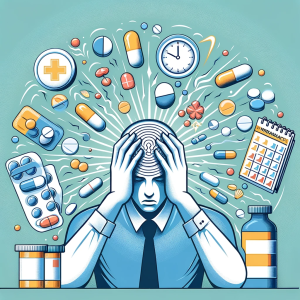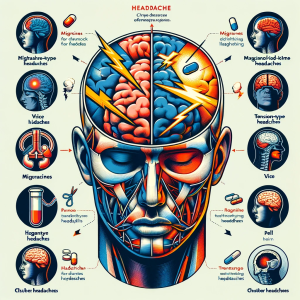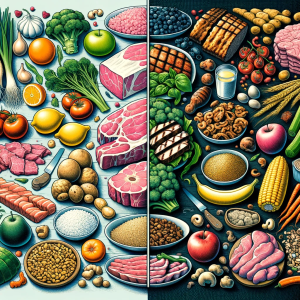
Abstract: This article delves into the complex interplay between dietary carcinogens and the pathogenesis of cancer. It examines the molecular mechanisms, the spectrum of clinical manifestations associated with exposure to these carcinogens, and the latest developments in prevention and therapeutic interventions.
1. Introduction: The ingestion of carcinogens through food remains a significant public health concern. These carcinogens, whether naturally occurring or synthetically added during food processing, play a pivotal role in the etiology of various cancers.
2. Pathophysiology: The pathophysiological basis of carcinogenesis through dietary exposure involves multiple mechanisms. Key among these are direct genotoxic effects, leading to DNA damage, and indirect mechanisms, such as the promotion of chronic inflammation or hormonal imbalances, which can predispose to malignant transformation.
2.1 Classifications of Dietary Carcinogens: Dietary carcinogens are broadly classified into natural carcinogens, like mycotoxins (aflatoxins), and synthetic substances, including certain preservatives. Cooking methods can also generate carcinogenic compounds, such as polycyclic aromatic hydrocarbons (PAHs) and heterocyclic amines (HCAs).
3. Clinical Manifestations: The clinical impact of dietary carcinogens manifests over a prolonged period, contributing to the development of various cancers. Commonly associated malignancies include gastrointestinal cancers (like gastric and colorectal cancer), liver cancer, and, in some cases, breast and prostate cancer.
3.1 Epidemiological Evidence: Epidemiological studies have provided insights into the correlation between dietary carcinogen exposure and cancer incidence. These studies underscore the heightened risk associated with certain dietary patterns and cooking practices.
4. Preventive Measures: Primary prevention strategies focus on reducing exposure to known dietary carcinogens. This involves advocating for dietary modifications, promoting safer food handling and cooking practices, and enforcing regulatory measures to limit the presence of carcinogenic substances in food.
4.1 Public Health Implications: The reduction of dietary carcinogen exposure is a public health priority. Awareness campaigns and educational initiatives are pivotal in disseminating information about carcinogen-free diets and healthy cooking methods.
5. Therapeutic Advances: While the primary focus remains on prevention, advancements in the therapeutic management of carcinogen-induced cancers include personalized medicine approaches, targeted therapies, and immunotherapy, offering promising avenues for treatment.
6. Conclusion: The interplay between dietary carcinogens and cancer development is a complex and multifaceted issue. Understanding the pathophysiological mechanisms and clinical implications is crucial for devising effective preventive and therapeutic strategies to combat carcinogen-induced malignancies.

